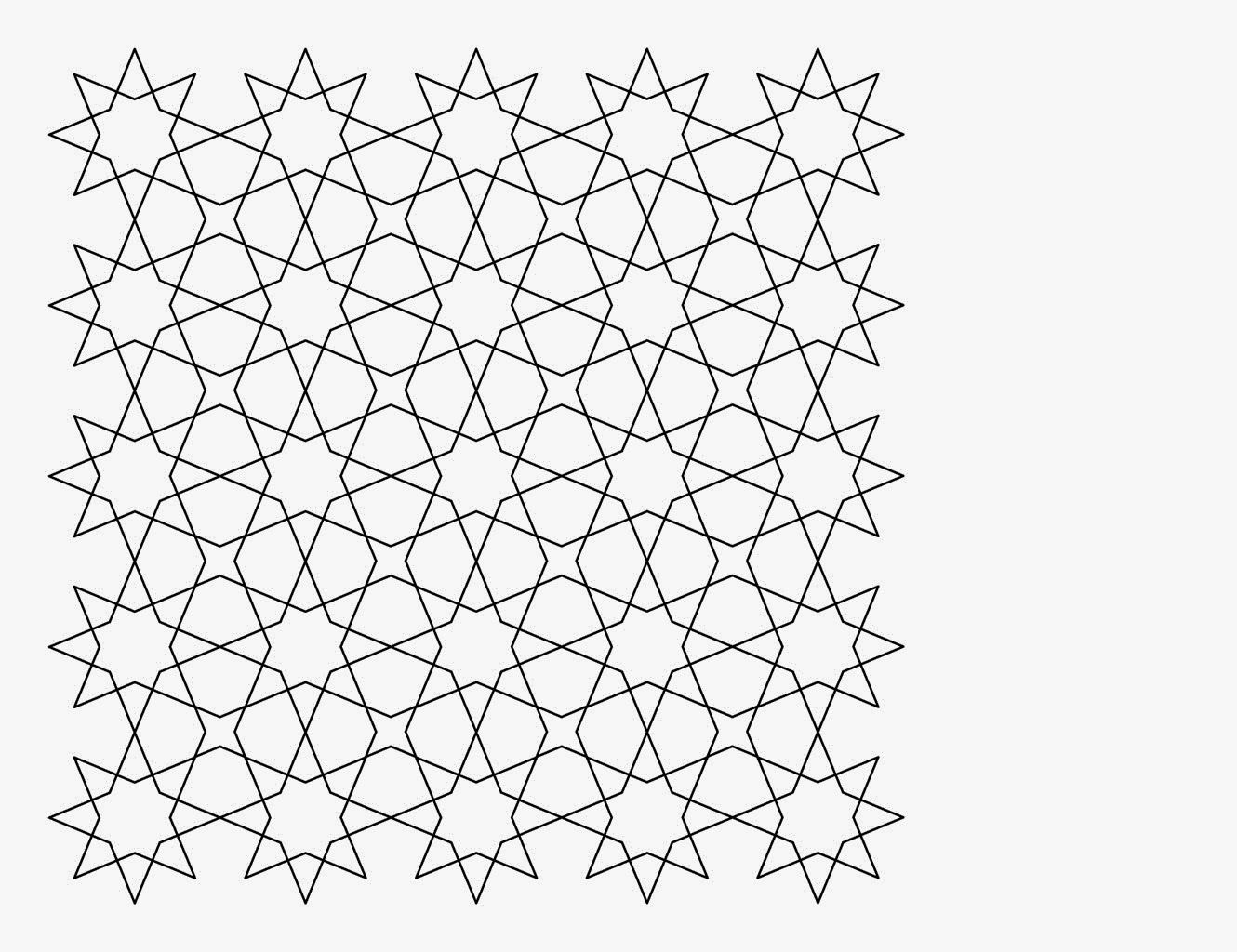

We begin by generalizing the Miura-ori pattern within an inverse design framework so that its folded form approximates a desired target surface and pursue a number of attendant considerations to this question, including the energetics of its deployment from flat to folded shape and the trade-off between accuracy of the folded approximant and its resolution, a proxy for the effort required to fabricate it.

This thesis is concerned broadly with questions of origami design and occasionally with questions of the mechanical response of origami structures, in particular when they can be attributed to the pattern geometry. A number of studies have characterized its geometry and mechanics and, taken together, have cast the pattern as the prototypical mechanical metamaterial, exhibiting a variety of behaviors incapable to paper, for example, but activated by endowing a flat sheet with folded microstructure. At the center of this interest has been perhaps the simplest origami tessellation, the well-known Miura-ori, named after the Japanese astrophysicist Koryo Miura who adapted the pattern for solar sail design. Origami tessellations have become the subject of significant scientific interest over the last decade, with a range of exotic properties holding promise for a variety of applications in physics, engineering, robotics, architecture and design. Doctoral dissertation, Harvard University, Graduate School of Arts & Sciences. Inverse Design of Shape Using Folds and Cuts in Flat Sheets.


 0 kommentar(er)
0 kommentar(er)
